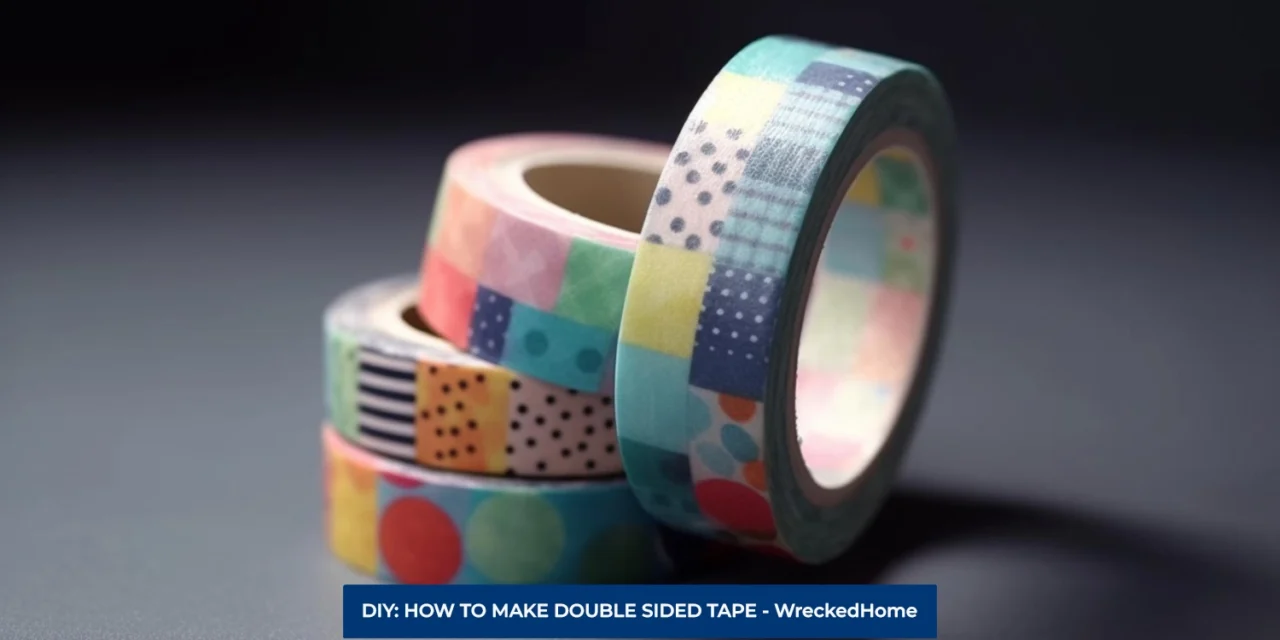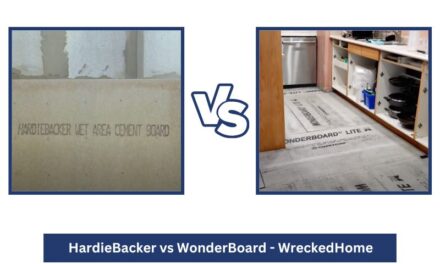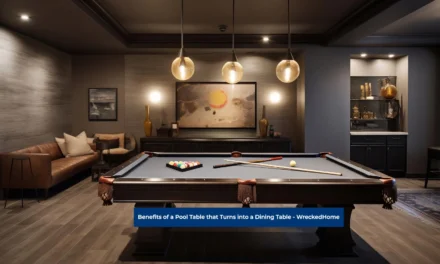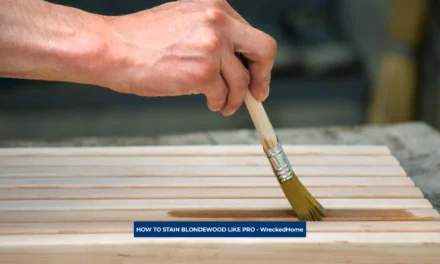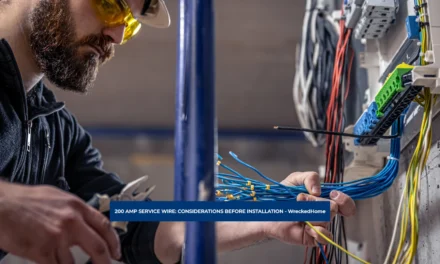Double-sided tape plays a pivotal role in our daily lives to perform crafting and home decor to industrial applications. Its versatility is unmatched. This unsung hero of adhesion offers a seamless solution for bonding surfaces that make it an essential tool in the toolkit of creativity and practicality alike.
What sets DIY double-sided tape apart is its cost-effective and customization nature. The question is: how to make double sided tape? In a world where convenience often comes at a premium, crafting your own double-sided tape is not only a cost effective way but also gives more options to crafts.
The ability to tailor the tape to specific needs, adjusting adhesion strength or even experimenting with creative variations, unleashes their inventive flair. Let’s explore the art and science of how to make double sided tape at home.
- Pros of making your own double-sided tape at home
- 5 disadvantage of commercial double-sided tapes
- A Complete Guide on How to make double sided tape
- Tips for Success (How to make double sided tape)
- Creative Uses and Applications (How to make double sided tape)
- Conclusion (How to make double sided tape)
- FAQs (How to make double sided tape)
Pros of making your own double-sided tape at home
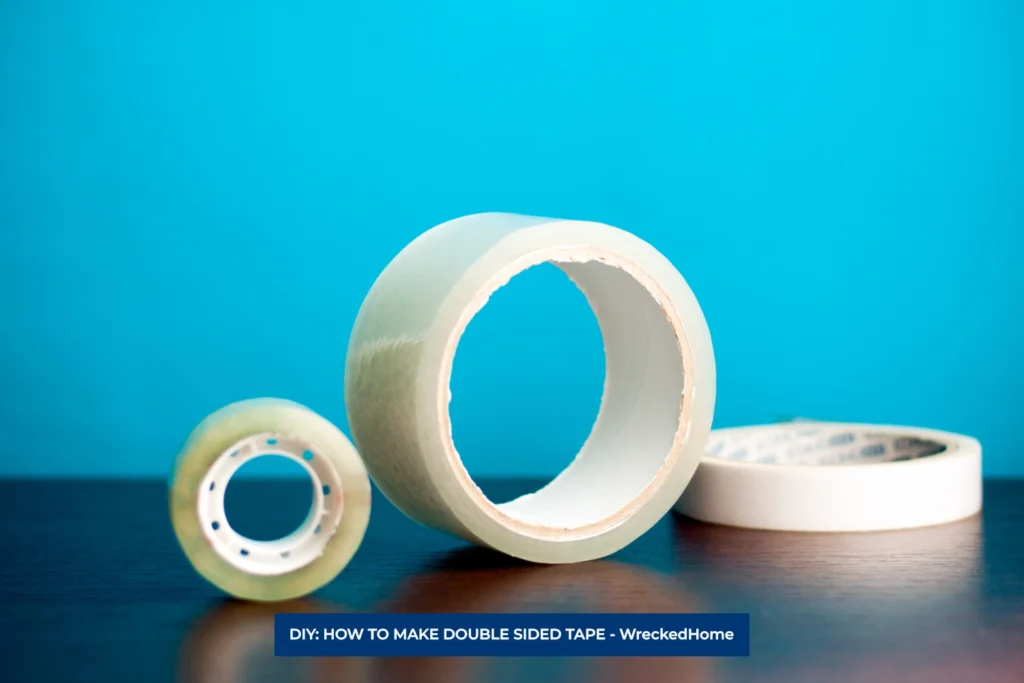
Learning how to make double sided tape at home offers several benefits to create a sense of satisfaction in the DIY process. Before you state the journey of how to make double sided tape, here are five compelling reasons why crafting this adhesive marvel in the comfort of your home is a worthwhile endeavor.
- Cost-Efficiency: One of the most prominent advantages of making double-sided tape at home is the cost concern to handle various projects. Crafting your own allows you to acquire materials at a fraction of the cost and create a versatile adhesive solution that aligns with your budgetary constraints.
- Customization for Specific Needs: Homemade double-sided tape offers customization of the adhesive nature. Commercial tapes often come in a standardized formula that limits the cohesiveness. By experimenting with different adhesives and adjusting the application, you ensure that your DIY tape is not just a one-size-fits-all solution but a versatile tool for your specific needs.
- Reduced Environmental Impact: When crafting your own double-sided tape opt for eco-friendly adhesives and tapes. This further diminishes your ecological footprint. Commercial tapes often come with excess packaging that reduce, reuse, and recycle adhesive solution.
- Empowerment through Creativity: Making double-sided tape at home empowers individuals to experiment with different materials, adhesives, and application techniques. Adding colors or patterns to the tape for aesthetic purposes encourages a hands-on, inventive mindset.
- Immediate Accessibility: Another advantage of crafting double-sided tape at home is that on-demand production ensures that you can seamlessly continue with your projects without the need for a trip to the store.
In conclusion, the advantages of creating your own double-sided tape is a cost-effective, custom, environmentally conscious, empowering and accessible solution. It offers a practical DIY experience.
5 disadvantage of commercial double-sided tapes
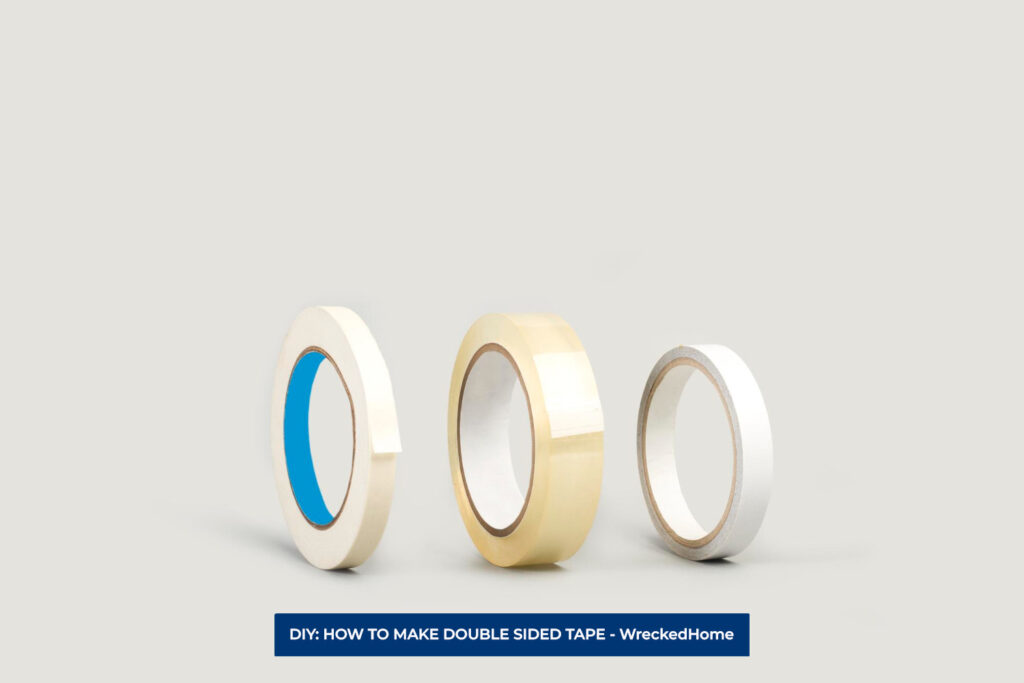
Do you want to know alternatives to learning how to make double sided tape? We have a solution. While commercial double-sided tapes offer convenience and immediate solutions, there are some of cons associated with it. Understanding these drawbacks can help individuals make informed decisions about your own double sided tape. Here are five disadvantages associated with commercial double-sided tapes.
- Limited Customization: One significant drawback of commercial double-sided tapes is standardized formulas that cater to a broad range of applications. However, this one-size-fits-all approach is not suitable for every project with standard adhesive strength, adding color for aesthetic purposes, or tailoring the tape for unique surfaces.
- Higher Cost: Commercial double-sided tapes are often more expensive as manufacturing, packaging, and marketing contribute to the higher price tag. The financial burden of using commercial tapes makes it less convenient than the DIY creation of double-sided tape at home.
- Environmental Impact: The production and disposal of commercial double-sided tapes come with excessive packaging that contributes to waste. In contrast, homemade double-sided tape allows individuals to control the amount of material used and known as environment friendly. This definitely shows that you should learn how to make double sided tape at home.
- Residue and Surface Damage: Some commercial double-sided tapes may leave residue and become a disadvantage when it comes time to remove or reposition items. This drawback is particularly significant in applications where surfaces need to remain in pristine condition.
- Dependency on Stock Availability: Relying on commercial double-sided tapes means the reliance on commercially available tapes can be a limitation. Running out of tape mid-project may lead to be a disadvantage for those who value the convenience of on-demand adhesive solutions.
A Complete Guide on How to make double sided tape
A mandatory question for a DIY enthusiast is: how to make double sided tape. It is not a complex task. This DIY is efficient in that it saves time and money and offers full customization. Follow this step-by-step guide to get your own successfully done.
Materials Needed (How to make double sided tape):
- Single-sided tape roll
- Adhesive material (options include glue, double-sided adhesive sheets, or adhesive transfer tape)
- Scissors or cutting tool
- Clean surface for application
- Microfiber Cloth for cleanup
Step 1: Gather Materials
Step 2: Choose the Right Adhesive Material
Step 3: Measure and Cut Single-Sided Tape
Step 4: Prepare the Adhesive Material
Step 5: Align and Attach the Adhesive Material
Step 6: Trim Excess Material (if necessary)
Step 7: Press and Bond
Step 8: Allow Time for Setting: Give the DIY double-sided tape some time to set and bond effectively.
Step 9: Test Adhesion: Once the double-sided tape has set, test its adhesion by attaching and detaching to various materials.
Step 10: Store Properly: Once you complete your DIY project now store your Tape carefully to prevent dust or debris from compromising the adhesive quality.
Tips for Success (How to make double sided tape)
Achieving success in how to make double sided tape you need to follow key seven tips to ensure your DIY project is not only effective but meets your specific requirements:
- Choose the Right Single-Sided Tape: The success of your DIY double-sided tape starts with tapes has varying levels of stickiness, so select one that aligns with your needs
- Select the Appropriate Adhesive Material: The adhesive material you choose plays a crucial role choose liquid glue, double-sided adhesive sheets, or adhesive transfer tape for convenient and easy to use.
- Ensure a Clean and Dry Surface: Proper surface preparation is essential before applying it. Make sure the surface is clean and dry there is no dust, debris, or residues to ensure a pristine and receptive area for your DIY double-sided tape.
- Experiment with Adhesive Thickness: Adjusting the thickness of the adhesive layer, you might apply a thicker layer of adhesive material. Experimenting with different thicknesses allows you to customize the tape according to your project.
- Apply Even Pressure During Bonding: Once you’ve attached the adhesive material to the single-sided tape, `now press down firmly along the entire length of the tape to secure a strong bond.
- Consider Temperature and Humidity: Environmental factors such as temperature and humidity also impact it as warm temperature accelerates the drying or curing time. Additionally, high humidity levels might affect the adhesion strength within appropriate time and environment for your DIY double-sided tape project.
- Test on a Small Area First: Before applying the DIY double-sided tape to the entire surface, assess the adhesion strength and compatibility with the test surface material. If the test proves successful now you can make it in large quantity.
Creative Uses and Applications (How to make double sided tape)
Once you know how to make double sided tape, you should know the versatility of DIY double-sided tape extends far beyond its conventional use. The world of creative possibilities opens up. Here are several imaginative uses and applications to inspire you:
- Art and Craft Projects: Unleash your artistic flair by incorporating DIY double-sided tape provides a clean and efficient way to affix materials.
- Decorative Home Projects: Transform your living space with decorative projects such as borders to mirrors, frame artwork on walls, or affix lightweight decor elements to furniture.
- Custom Gift Wrapping: Elevate your gift-giving experience by personalized gift wrap designs by attaching ribbons, bows, or even small ornaments with the tape.
- Photography and Scrap booking: Preserve memories and create visually stunning photo displays allowing you to showcase your memories with a professional and polished presentation.
- Enhancing Stationery and Office Supplies: Elevate the functionality and aesthetics of your stationery and office supplies with elements to notebooks, personalize folders with custom labels, or affix motivational quotes to your workspace.
- Fixing and Repairing Household Items: Extend the life of household items by using DIY double-sided tape to address minor wear and tear around the house by repairing things like cabinet.
In conclusion, the creative uses and applications of DIY double-sided tape are adding a personal touch to gifts; this versatile adhesive opens up a world of possibilities. Embrace the DIY spirit, experiment with different materials, to leverage the power of how to make double sided tape.
Conclusion (How to make double sided tape)
In conclusion, the journey of how to make double sided tape into a versatile DIY double-sided adhesive becomes evident. The advantages of crafting your own tape extend beyond mere adhesion.
The cost-effectiveness, customization options, and eco-friendly aspects provide a creative landscape that opens up with DIY double-sided tape in vast and inspiring crafts. This homemade adhesive not only adheres surfaces but also tackles household repairs or embarks on artistic endeavors.
For all installation needs, please hire a professional. Find A Pro Near You Here!
FAQs (How to make double sided tape)
What can I use instead of double-sided tape?
An excellent alternative to double-sided tape is the Glue Roller that is suitable for various home, office, and craft applications.
What material is used for double-sided tape?
Double-sided tape comes in thin (paper-based) or thick (foam-based) varieties, coated with rubber, acrylic, or modified versions with different properties for various applications.
Is glue tape like double-sided tape?
Glue tape and double-sided tape serve similar purposes. This typically refers to a tape-like form of adhesive and may have a different composition or thickness than traditional double-sided tape.

